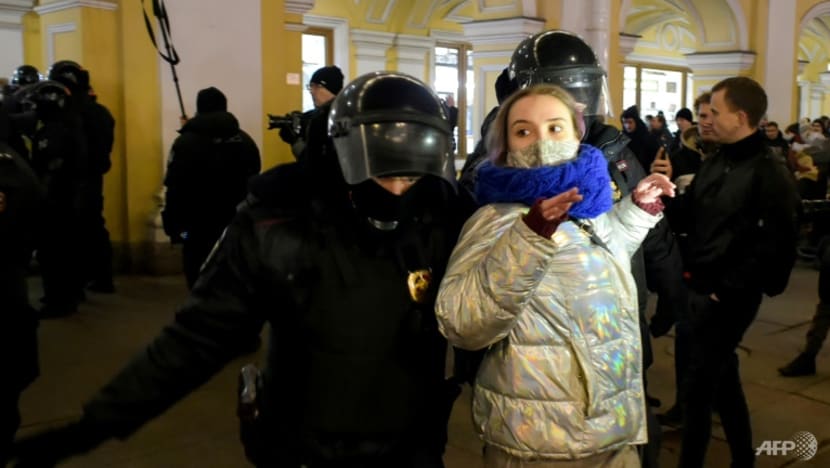
Drug overdose deaths among Black Americans surpassed those of White Americans in 2020 for the first time in more than 20 years, according to a new study.
Photo by stevepb/Pixabay
March 2 (UPI) -- Deaths after drug overdoses were 16% higher among Black Americans than in White Americans in 2020, the first time this has been the case since 1999, an analysis published Wednesday by JAMA Network Open found.
Overdose death rates among Black Americans increased to 37 per 100,000 people in the general population in 2020, up from 25 per 100,000 people in 2019, the data showed.
In 2020, the overdose death rate among White Americans was 32 per 100,000 people in the general population, the researchers said.
American Indian or Alaska Native individuals experienced the highest rate of overdose death in 2020, at 41 per 100,000 people in the general population, according to the researchers.
March 2 (UPI) -- Deaths after drug overdoses were 16% higher among Black Americans than in White Americans in 2020, the first time this has been the case since 1999, an analysis published Wednesday by JAMA Network Open found.
Overdose death rates among Black Americans increased to 37 per 100,000 people in the general population in 2020, up from 25 per 100,000 people in 2019, the data showed.
In 2020, the overdose death rate among White Americans was 32 per 100,000 people in the general population, the researchers said.
American Indian or Alaska Native individuals experienced the highest rate of overdose death in 2020, at 41 per 100,000 people in the general population, according to the researchers.
RELATED Report: 1.2M more opioid overdose deaths expected in North America by 2029
Drug overdose rates among Hispanic or Latin Americans people were the lowest among the groups assessed, at 17 per 100,000 people in the general population, they said.
"Overdose deaths must be treated as an urgent racial justice issue," study co-author Joseph Friedman told UPI in an email.
"Long-standing inequalities in access to harm reduction, treatment for substance use disorders and access to housing and social services must be addressed," said Friedman, a social sciences researcher at the University of California-Los Angeles.
RELATED CDC: Fentanyl-related overdose deaths rose nationally during pandemic
More than 100,000 people died from drug overdoses in the United States in 2020, according to data from the Centers for Disease Control and Prevention.
These numbers are expected to increase in the coming years, driven at least in part by the availability of drugs such as fentanyl, which carry a high overdose risk, research suggests.
"One thing we know is key is that illicit drug supply has increasingly become more toxic," Friedman said.
RELATED More than 100,000 people died of drug overdoses in one year in U.S., report says
"People think they are buying heroin or pills like Oxycontin, but are actually receiving illicit synthetic opioids, whose strength can fluctuate wildly," he said.
For this study, Friedman and his colleagues compared overdose deaths by race and ethnicity in the United States as reported to the CDC between 1999 and 2020.
Much of the change in the racial and ethnic make-up of overdose deaths nationally has occurred over the past decade, the researchers said.
In 2010, for example, the overdose death rate for White Americans was 16 per 100,000 people in the general population, or about twice that of Black Americans, the data showed.
From 2019 to 2020, the overdose death rate for Black Americans increased by nearly 50%, while it rose by 40% for Hispanic or Latin Americans and by 30% for American Indian or Alaska Natives, the researchers said.
It increased by 26% among White Americans over the same period, they said.
"Percent increases in 2020 were higher than during any prior year for all race and ethnic groups assessed," Friedman said.
"This is a problem across the board, although it has disproportionately affected minority communities," he said.












 “L’empire des lumieres” (1961) by René Magritte.Credit...C. Herscovici/Artists Rights Society (ARS), New York; via Sotheby's
“L’empire des lumieres” (1961) by René Magritte.Credit...C. Herscovici/Artists Rights Society (ARS), New York; via Sotheby's “Nymphéas” (1914-17) by Claude Monet.
“Nymphéas” (1914-17) by Claude Monet.
